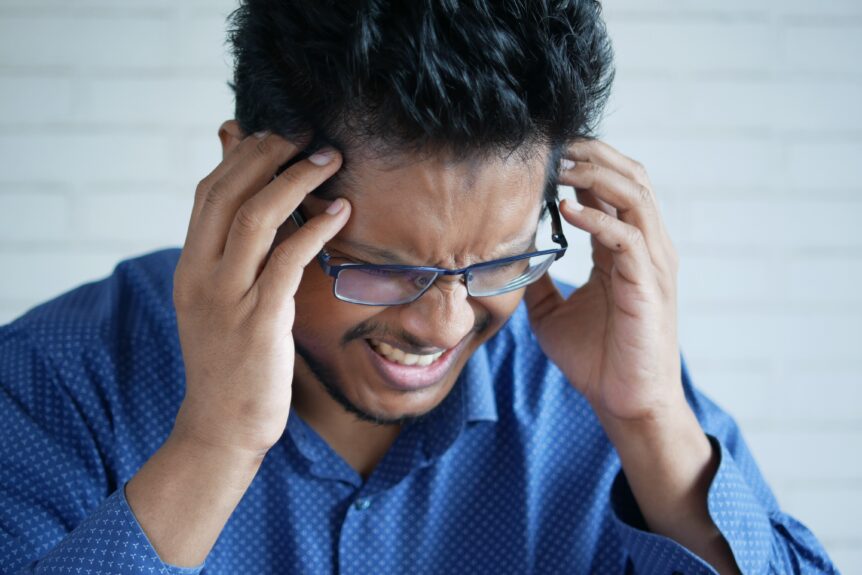If you are experiencing a headache that persists and never seems to disappear, you might be dealing with new daily persistent headache (NDPH) disorder. This article breaks down the possible causes of this phenomenon and guides you on how to recover or deal with it.
What is a New Daily Persistent Headache?
New daily persistent headache is a primary headache disorder. It is termed “primary” because another condition or disorder does not cause it. Moreover, the term “new daily persistent headache” accurately captures the characteristics of this headache:
-
New
When a person has NDPH, they either don’t have a history of headaches or, if they have, they don’t describe getting headaches more frequently before they start. Therefore, the ability to recall the exact date or even the exact time the headache first appeared is a key characteristic of NDPH.
-
Daily
The headache has been present since it started and happens every day.
-
Persistent
It has been bothering you nonstop for more than three months.
-
Headache
The NDPH-related headache frequently has characteristics similar to migraines, including days when there is light or sound sensitivity, nausea, and throbbing pain. Or it can resemble a milder tension headache without any of those characteristics.
What are the Causes of NDPH?
If you’re experiencing a new daily persistent headache, there are a few things that you can do to find out the cause. First, try to identify any changes in your daily routine. For example, do you have more stress or fewer hours of sleep than usual? Are you eating differently or drinking more than usual? Are you exercising more than usual?
If you can’t identify any changes, you can try to rule out potential causes by looking at your medical history and answering questions about migraines and headaches that have been bothering you for more than two weeks.
If those tests come back negative, then you may be experiencing a new type of headache that’s not caused by an underlying condition. In this case, seeing a neurologist specializing in headaches may be helpful.
How is NDPH Diagnosed?
Diagnosing a headache can’t be done with any one test. Instead, the diagnosis is based on the pattern of how your headaches started and progressed. For diagnostic purposes, gathering information about the onset and progression of the headache are both necessary.
Tests and imaging studies are done for two reasons:
- To determine the cause of the headaches, it’s important to rule out any underlying factors.
- When underlying conditions such as cerebral venous sinus thrombosis or subarachnoid hemorrhage are life-threatening, immediate and appropriate treatment is needed.
Tests that may be used to exclude other causes include:
- CT scan
- MRI
- lumbar puncture to look at the level of your spinal fluid
Your doctor may ask you about the types and frequency of medications you are taking to see if your headaches could be due to medication overuse. Ultimately, a combination of a headache pattern consistent with NDPH and the absence of an underlying cause may confirm a diagnosis of NDPH.
You can refer to the International Classification of Headache Disorders for more information on the criteria used to diagnose new daily persistent headaches: https://ichd-3.org/other-primary-headache-disorders/4-10-new-daily-persistent-headache-ndph/.
How to Treat New Daily Persistent Headache
There is no one-size-fits-all answer to treating new daily persistent headache as the severity of the pain and accompanying symptoms will vary depending on the individual. But it is important to remember that often people can be helped. The use of acute medications should be limited, and barbiturates and narcotics should be avoided as much as possible to reduce the risk of medication overuse headaches.
Want To Get Better And Start Getting Relief? Schedule A Consultation With Dr. Escasena Now!
If you are experiencing a new daily persistent headache. In that case, Dr. Escasena is available to help you choose the most appropriate interventions so you can get ways to feel like yourself again. For further details, contact us at 305-588-7170.

